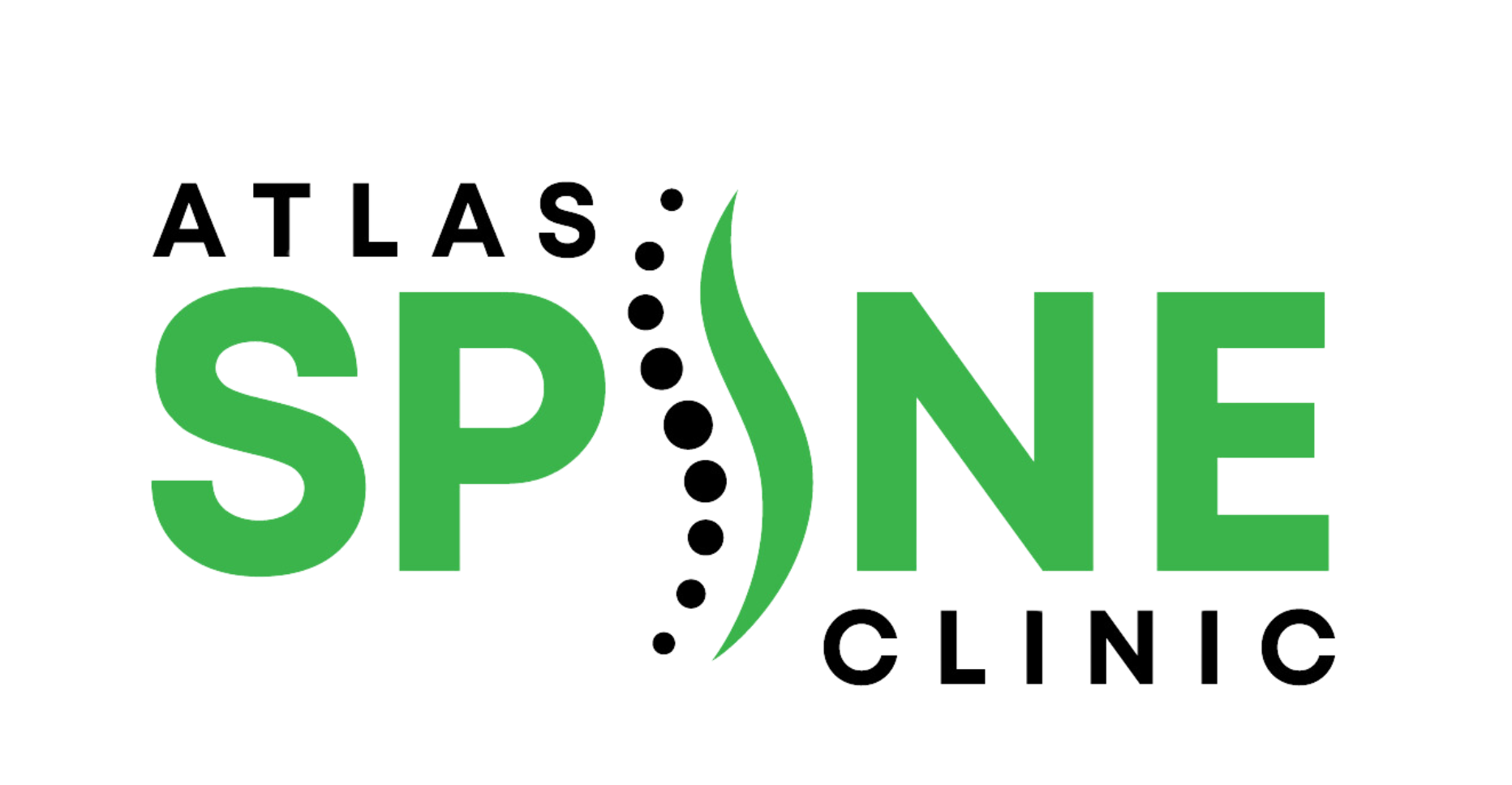“The body achieves what the mind believes.”
This old saying isn’t just for athletes or yogis — it fits perfectly in the world of chiropractic care, too. If you’ve ever walked into a chiropractor’s office and wondered how they just know where to press, crack, or stretch, you’re not alone.
There’s a lot more science and strategy behind every chiropractic adjustment than most people think. Let’s explore what’s really going on behind the scenes.
The Role of a Chiropractor in Pain Relief
Chiropractors aren’t just “back crackers.” They’re trained professionals who assess your body’s mechanics, nervous system, and posture to find the root of discomfort. Whether it’s chronic neck pain, stiffness from poor posture, or recovering from a car accident, their main goal is to bring your body back into balance.
Still, many people wonder how do chiropractors know where to adjust when the pain isn’t always in the same place as the problem. That’s where experience, evaluation, and deep understanding of body mechanics come in. It’s less about chasing pain and more about improving function — and it always starts with thorough assessments, not just a quick pop on the table.
How Do Chiropractors Know Where To Adjust?
Here comes the big question — how do chiropractors know where to adjust?
They don’t rely on guesswork. It’s a mix of physical examination, observation, questioning, and diagnostic tools. Each adjustment is backed by insight and experience. Chiropractors look for signs your body gives off, from posture changes to tight muscles and reduced range of motion.
Let’s break it down further.
Palpation
One of the key tools in their toolkit is palpation in chiropractic care. It’s the hands-on approach where they feel along your spine and muscles to detect abnormalities.
Tense muscle areas, restricted movement, or warmth can hint at underlying issues. These tiny signals are your body’s way of saying something’s not right.
Experienced chiropractors develop a keen touch — they can sense what’s “off” just by running their fingers along your spine.
Muscle Testing
Ever been asked to push against your chiropractor’s hand or hold a limb still while they apply pressure?
That falls under what’s known as range of motion testing and checking muscle response. Weakness in certain muscles can indicate nerve interference or spinal misalignment. It’s like your body revealing secrets through simple resistance tests. These checks help in refining the chiropractic diagnosis methods and targeting areas that actually need help, not just the spots that hurt.
Imaging
Sometimes, chiropractors suggest getting X-rays or MRIs to get a deeper look.These tools give a clearer view inside, especially when structural issues or injuries are suspected.
Chiropractor spine evaluation through imaging helps confirm things like disc herniations, arthritis, or vertebral subluxation detection. Think of it as a way to connect the dots between symptoms and actual internal conditions. It adds another layer of certainty before proceeding with any adjustments.
Benefits Of Chiropractic Treatment
So, once a chiropractor knows where to adjust — what happens next?
You’re introduced to a world of techniques that go beyond the iconic “crack.” From gentle stretches to focused pressure, it’s all about improving mobility and easing discomfort.
Chiropractic Adjustment
This is the main act. Using precise force on specific joints, chiropractors help restore alignment and reduce nerve pressure. Different chiropractic adjustment techniques are used based on your issue — some involve hands-on thrusts, while others use tools for lighter force.
These adjustments improve spinal health, help muscles relax, and can even enhance how your nervous system functions.
Mobilization
Not every treatment needs a pop. Mobilization is more about slow, controlled movements that help improve flexibility and motion. It’s especially useful for people who are sensitive to high-velocity adjustments or are recovering from injuries.
Manipulation
This is often used interchangeably with adjustment, but it typically refers to manual therapy targeting soft tissues and joints beyond the spine. It complements the adjustments and improves overall body movement.
What Types of Injury Does Chiropractic Treatment Help?
Chiropractic care isn’t a one-trick pony. It supports recovery and wellness for a variety of issues. And when you’re dealing with pain in multiple areas, a common question arises — how do chiropractors know where to adjust to make the biggest difference? The answer lies in their ability to evaluate movement, nerve function, and spinal health as a whole.
Spinal Misalignment
This is the heart of chiropractic care. Misalignments can cause pain, poor posture, and even disrupt nerve function. Spotting spinal misalignment symptoms early on can lower the risk of future complications.
Neck Pain
From staring down at screens to sleeping wrong, neck pain is common. Chiropractors use gentle techniques to release tension, realign vertebrae, and restore your neck’s natural curve.
Headaches
Headaches often trace back to tension building in your neck and upper back. When muscles are tight or joints are off, blood flow can get affected — leading to tension headaches. Chiropractic adjustments have shown relief for many dealing with this issue.
Lower Back Pain
Chiropractic care is a go-to option for those dealing with persistent lower back pain.Whether it’s a slipped disc or postural strain, adjustments offer a non-invasive option to manage lower back pain effectively.
Shoulder Pain
The shoulder is complex, with muscles, tendons, and bones all working together. Chiropractic care can relieve tightness, improve joint function, and reduce discomfort, especially from repetitive strain.
Sports Injuries
From sprains to joint issues, athletes benefit a lot from chiropractic care. It helps speed up recovery, improve mobility, and reduce future injury risk.
Muscle Imbalance
When one side of your body consistently takes on more effort, the imbalance becomes noticeable over time.Chiropractic adjustments and guided stretches can help correct these imbalances for better posture and performance.
Carpal Tunnel Syndrome (CTS)
CTS isn’t just about your wrist — it’s often related to nerve compression along the spine or shoulder. Chiropractors focus on fixing what’s causing the issue, not just easing the symptoms.
Plantar Fasciitis
Foot pain that ruins your morning? Chiropractors assess your entire kinetic chain — from your spine down to your feet — to treat imbalances contributing to foot pain.
Chiropractic Care: Safe and Effective
Worried about safety? It’s a fair question. Chiropractic care is widely recognized as a safe, non-invasive treatment when performed by licensed professionals. It’s all about working with your body rather than forcing it.
Most patients feel immediate relief or improved mobility after a session. Any side effects, like mild soreness, usually pass within a day, much like post-workout stiffness.
Get the Relief You Need
You don’t need to live with chronic pain or tension anymore. Chiropractic care is accessible, science-backed, and constantly evolving. Still wondering how do chiropractors know where to adjust? Whether you’ve been struggling with an old injury or just feel “off” lately, maybe it’s time to give your spine some attention.
Book your consultation with Atlas Spine Clinic today.
Tying Up
So, how do chiropractors know where to adjust? It’s a blend of art, science, and skill, honed through training, experience, and close attention to the body’s signals.
Through techniques like palpation in chiropractic care, chiropractic diagnosis methods, and tools like imaging and motion tests, they identify the areas that need realigning. And it’s not just about relief — it’s about restoring the body’s natural rhythm.
When your spine is in sync, your whole body works better. If you’re still wondering where to start, maybe your body’s already giving you the answer.






